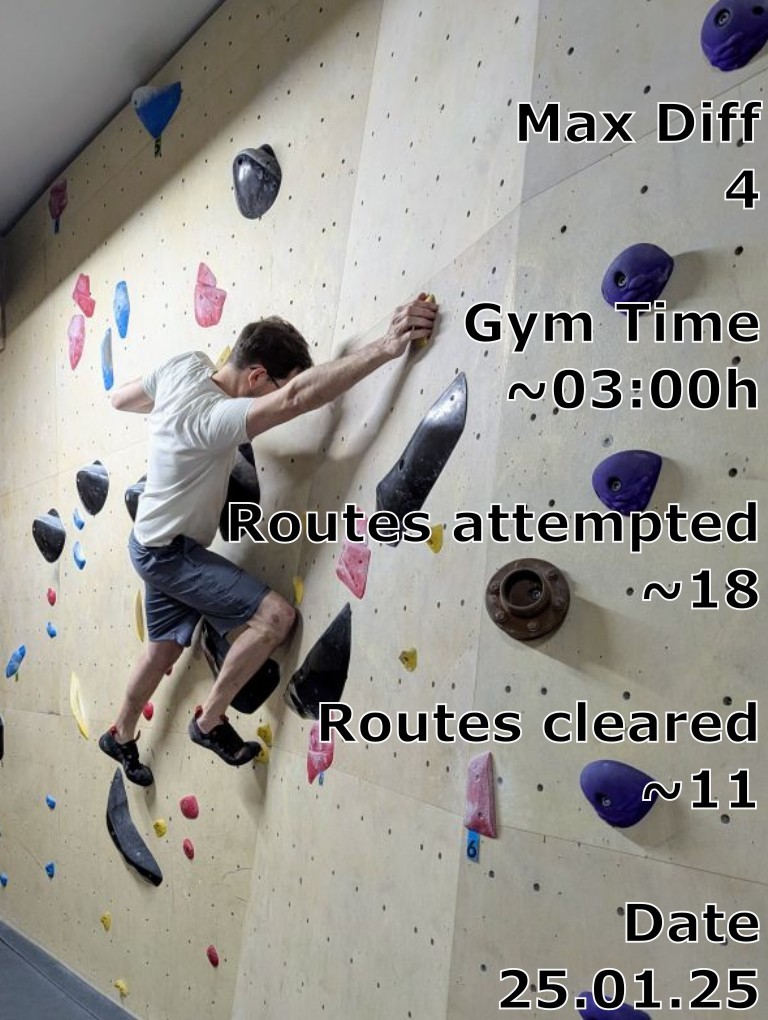The Prescription: Cams and Magical Thinking—October 2024
-
Cams might not be as bomber as you think. We are stoked to kick off our Prescription video series by unpacking some magical thinking around cams. This video series will give you greater detail and visual insight into the accidents analyzed in our monthly Prescription newsletters. Featuring Accidents in North American Climbing Editor Pete Takeda, and IFMGA/AMGA Mountain Guide Jason Antin, these bite-sized lessons will get you thinking about how this accident analysis applies to you and your climbing.
For Rocktober we have two accidents that represent a larger trend we noticed in 2023. This trend involves: 1) Placing an inadequate number of protection pieces and 2) Poorly placed camming protection.
Garrett Genereux submitted the following report to ANAC:
At the end of a great day of climbing on May 15, my partner Lance (30) and I, Garrett Genereux (34), decided to do one last route on our way out of the main area. We stopped at Lion’s Chair Start (5.10c/d R). As usual, no one was on it despite the routes on both sides being busy. I had been on the route several times before.
I didn't realize how tired I was until on the route. I was trying to conserve energy by not placing too much pro. I was about one body length above my first two pieces of gear and placed a 0.4 cam. My belayer asked if it was a good placement. I assured him that it was fine and kept moving. As I approached the first bolt, where the crack pinches down, I became very fatigued and started getting scared. I wanted to clip the bolt as fast as I could. I was able to hang the draw at my farthest reach. Then I pulled up rope to make the clip. As I inched the rope closer to the lower carabiner, my left foot greased off and I fell.
There was a ton of rope in the system, and when I heard the 0.4 plink out of the crack, I knew I was going to the ground. My left foot briefly hit and then I landed on my butt. I lost my breath and made some guttural noises trying to get it back. I lay supine. My ankle hurt and my lower back was pretty tight, but I had full sensation and movement below. I even remember feeling like I needed to pee while lying there and took that as a good sign.
The folks nearby were able to clean up the lower pieces and someone with the longest stick clip I've ever seen, snagged the draw off the bolt. Someone let me borrow their camp chair. I was able to slip off my climbing shoes. My left ankle was dark in color and already beginning to swell, but I could bear weight and felt that we didn’t need a crew to carry me out.
My partner carried the gear and I used my stick clip as a walking stick as we hiked to the road. My ankle was just a soft-tissue injury, and my back had compression fractures at T12, L1, and L2. Two months later, I was back climbing and feeling well. Since then I have even gotten back on the same route. I sewed it up with 11 pieces rather than three.
Simply put, I did not place enough protection. In the first 15 feet, I only placed three pieces: a nut and a cam protecting the start and then the 0.4 cam that pulled. Also, I could have climbed a bit higher to a better hold and clipped the bolt with the same amount of rope in the system as I had when I fell. I also should have checked in with myself mentally and physically. While it is not the most difficult route, it does take focus and it gets an R rating in the newest guide. (Source: Garrett Genereux.)
On the morning of July 10, Mac Taylor (25) fell on the first pitch of Gunky (2 pitches, 5.8). He wrote the following account for ANAC:
“Two friends and I hiked to the base of Gunky (5.8) at the Sandstone Buttress. I was new to the area. We hiked with gear on our harnesses while carrying ropes and a bag with water and extra gear. I decided to lead the first pitch, despite being told that there was a scary roof section. Part of the reason I chose to lead it was that I already had most of the gear racked on my harness. On the route, I placed a large nut and a number 1 Camalot. I then clipped a bolt and placed a 0.75 Camalot in a shallow slot deep in the crack that I was climbing.
“Halfway up the pitch, I rested and placed a number 2 Camalot deep in an offwidth-sized crack. I laybacked the crack and got established below the roof. From there, I struggled to find comfortable holds. I was about 10 feet above my last piece.

The Prescription: Cams and Magical Thinking—October 2024 — American Alpine Club
Cams might not be as bomber as you think. We are stoked to kick off our Prescription video series by unpacking some magical thinking around cams. This video series will give you greater detail and visual insight into the accidents analyzed in our monthly Prescription newsletters. Featuring Accident
American Alpine Club (americanalpineclub.org)
